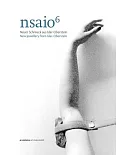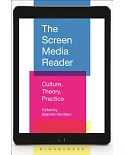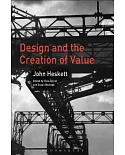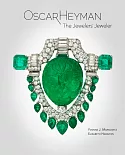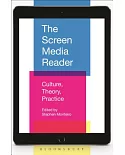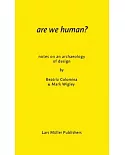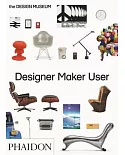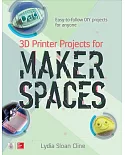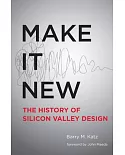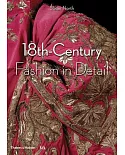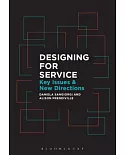Early in the 1980s, some of the world's most famous architects and industrial designers began to design a wide variety of everyday objects for the home. From tea kettles and toasters to desk
lamps and dustpans, these highly designed, often whimsical products blurred the lines between form, function, and fun. Lisa Roberts, an architect and home furnishings designer, became so
enamored of these objects that she set out to collect her favorites, amassing more than 300 exemplary pieces over the past 25 years.
Seventy of these award-winning household objects-created by such design superstars as Michael Graves, Philippe Starck, and Karim Rashid-are presented in Antiques of the Future, a book as
clever, energetic, and eye-popping as the products themselves. Each is captured in vibrant, humorous photographs, accompanied by details about the product, designer, and manufacturer and a
concise explanation of why it deserves a place in the collection. Whether it's a paperweight, a salad spinner, or a blow dryer, these ordinary objects have extraordinary style. Accessible and
entertaining, Antiques of the Future not only helps readers to develop an eye for distinctive design but also explains how they can start their own "museum-quality" collections. Early in
the 1980s, some of the world's most famous architects and industrial designers began to design a wide variety of everyday objects for the home. From tea kettles and toasters to desk lamps and
dustpans, these highly designed, often whimsical products blurred the lines between form, function, and fun. Lisa Roberts, an architect and home furnishings designer, became so enamored of
these objects that she set out to collect her favorites, amassing more than 300 exemplary pieces over the past 25 years.
Seventy of these award-winning household objects-created by such design superstars as Michael Graves, Philippe Starck, and Karim Rashid-are presented in Antiques of the Future, a book as
clever, energetic, and eye-popping as the products themselves. Each is captured in vibrant, humorous photographs, accompanied by details about the product, designer, and manufacturer and a
concise explanation of why it deserves a place in the collection. Whether it's a paperweight, a salad spinner, or a blow dryer, these ordinary objects have extraordinary style. Accessible and
entertaining, Antiques of the Future not only helps readers to develop an eye for distinctive design but also explains how they can start their own "museum-quality" collections.


